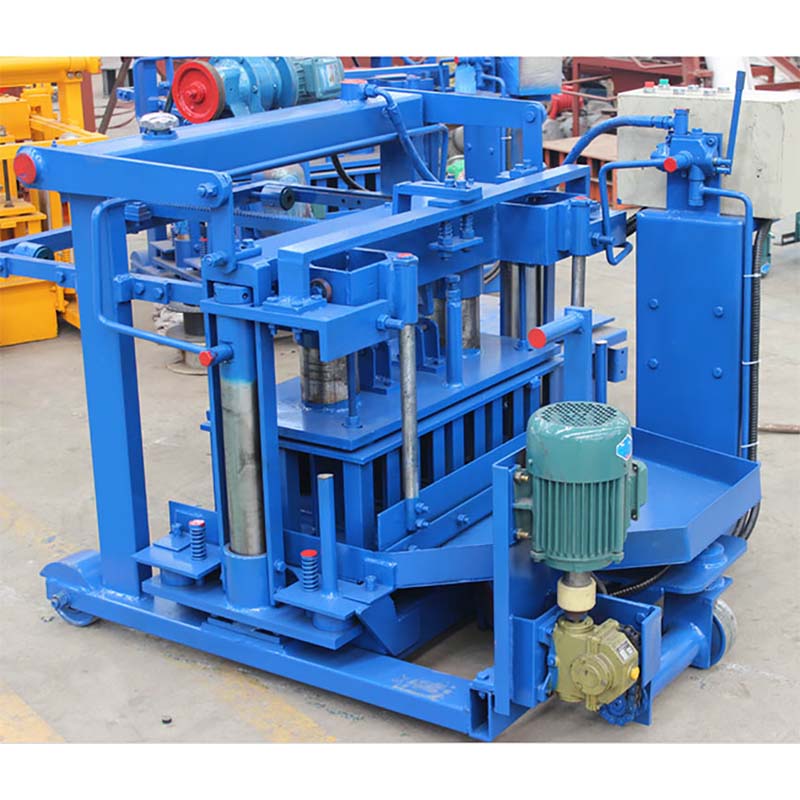
Title: Empowering Excellence: Employee Training Programs for Operating Semi-Automatic Clay Brick Machines
Introduction
The efficient operation of semi-automatic clay brick machines is a cornerstone of successful manufacturing. As these machines combine automated processes with manual interventions, the role of skilled operators is paramount. This article delves into the importance of employee training programs for operating semi-automatic clay brick machines, outlining key elements to ensure proficiency, safety, and optimal production outcomes.
1. Understanding Machine Components and Functions
Training programs should begin with a comprehensive overview of the semi-automatic clay brick machine’s components and their functions. This includes understanding the roles of different parts such as hoppers, conveyors, molding systems, and firing mechanisms. Familiarity with the machine’s structure lays the foundation for effective operation and troubleshooting.
2. Safety Protocols and Procedures
Employee safety is of utmost importance in manufacturing environments. Training programs must prioritize safety protocols and procedures related to operating semi-automatic clay brick machines. This includes guidelines on personal protective equipment (PPE), emergency shutdown procedures, and safe practices during routine operations, maintenance, and cleaning.
3. Machine Startup and Shutdown Procedures
Operators should be trained in the proper startup and shutdown procedures for semi-automatic clay brick machines. This involves understanding the sequence of steps to prepare the machine for production, initiate molding and firing processes, and safely shut down the machine at the end of a production cycle. Proper procedures prevent operational errors and extend the machine’s lifespan.
4. Material Handling and Loading Techniques
Efficient material handling is a key aspect of semi-automatic clay brick production. Training programs should cover techniques for loading raw materials, including clay and additives, into the machine’s hoppers. Emphasis should be placed on proper material distribution and uniformity to ensure consistent brick quality.
5. Molding and Compression Techniques
Operators need hands-on training in molding and compression techniques to achieve the desired brick characteristics. This includes adjusting compression settings based on brick specifications, monitoring mold conditions, and addressing issues such as air entrapment or uneven compression. Practical training sessions allow operators to hone their skills in these critical areas.
6. Quality Control and Inspection Procedures
Quality control is a continuous process in brick manufacturing. Training programs should educate operators on quality control standards, including visual inspection techniques for identifying defects, measuring brick dimensions, and conducting compression tests. Operators should be equipped to make real-time adjustments to ensure the production of high-quality bricks.
7. Routine Maintenance and Cleaning Practices
Proactive maintenance is essential for the longevity and reliability of semi-automatic clay brick machines. Training programs should cover routine maintenance tasks, such as lubrication, cleaning, and inspection of key components. Operators should be familiar with maintenance schedules and procedures to prevent unexpected breakdowns and optimize machine performance.
8. Troubleshooting and Problem-Solving Skills
Given the complexity of semi-automatic clay brick machines, operators should be trained in troubleshooting common issues that may arise during production. Training programs should focus on developing problem-solving skills, enabling operators to diagnose issues, identify root causes, and implement corrective measures efficiently.
9. Continuous Improvement Mindset
Encouraging a continuous improvement mindset is vital for operators. Training programs should instill the importance of feedback mechanisms, encouraging operators to provide insights into process improvements and innovations. This collaborative approach fosters a culture of continuous learning and optimization.
10. Environmental and Regulatory Compliance
Operators should be aware of environmental and regulatory considerations related to semi-automatic clay brick production. Training programs should cover compliance with emissions standards, waste management practices, and any other relevant regulations. This knowledge ensures that operations align with environmental sustainability goals and legal requirements.
Conclusion
Employee training programs for operating semi-automatic clay brick machines are an investment in both the workforce and the overall success of the manufacturing process. By imparting a deep understanding of machine components, safety protocols, efficient operation techniques, and quality control practices, these programs empower operators to contribute to a smooth and productive production environment. As the construction industry continues to embrace sustainable and efficient building practices, well-trained operators play a pivotal role in the success of semi-automatic clay brick manufacturing enterprises.
